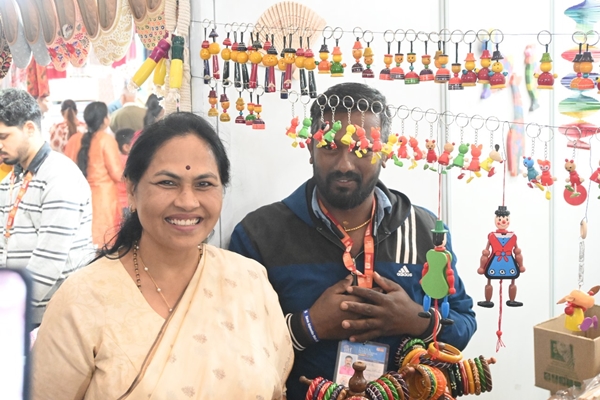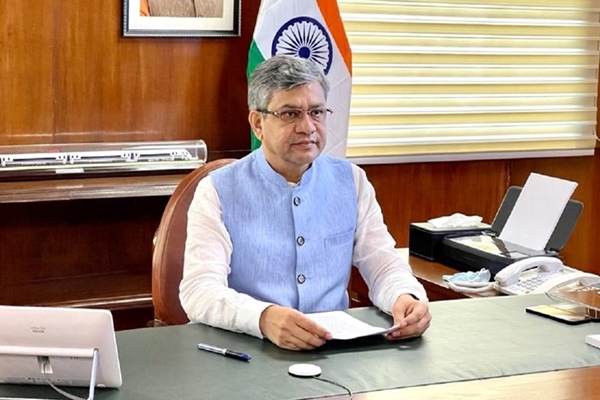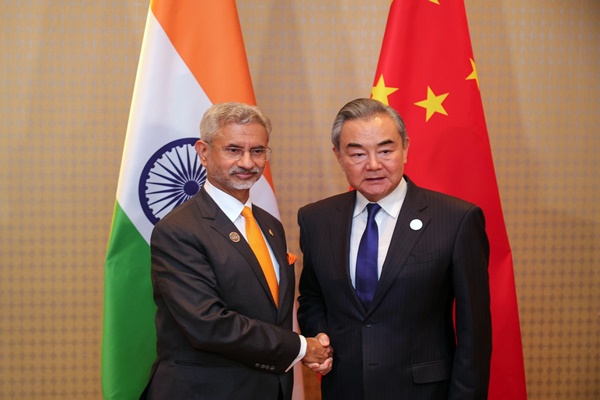
By SARFARAZ ARZU

A newspaper is a mirror of its times. Glancing through its pages one gets an idea of the times that we are living in and a few hours later it becomes a part of history. True to these canons, Hindustan is also a chronicler of events that surround us and has been at its job since 1936, outliving all its contemporaries, when it was established by Janab Ghulam Ahmed Khan Arzu and his team of intrepid journalists.
Those were the days when freedom was a distant dream, the Quit India Movement was yet to come and incarceration of freedom fighters, journalists and nationalists was order of the day. True to his mettle, Janab Arzu Saheb also took the plunge and Hindustan was summarily banned for espousing the cause of the common man. Obviously this could not dissuade die hard journalists like Arzu from confronting the system head on. Even as the ban was in place, Hindustan continued to be circulated in the form of a cyclostyled pamphlet and to deflect the policing authorities, the cyclostyling machine itself was kept in a moving car and the pamphlet was distributed for free at the corners of busy streets and populated localities causing a lot of heartburn and consternation in the ruling authorities. Until luck ran out. And Arzu Saheb was arrested, the machine confiscated , sentenced to 3 years of rigourous imprisonment and interred at Yerawda jail near Pune, in solitary confinement, during the month of Ramzan and just before Idd, when he came up with these couplets
Aaya nazar falak pe mahe khush jamal e idd
Yaraan e hum watan ko mubarak visal e idd
Khushiyon me jashn e idd ki masroof doston
Poochho to is aseer ke dil se bhi haal e idd
Jo aahni salakhon ke peechhe khada hua
Kunj e qafas se dekh raha hai hilal e idd
Is haal me dua hai ye parvardigar se
Dil me ho teri yaad na aaye khayal e idd
His velour, and resources offered to the society, were acknowledged by Govt of Maharashtra on the eve of Silver Jubilee celeberations of our independence in 1972, by conferring him with a Tamra Patra, which was a citation, listing his dedication to the cause of upholding lofty journalistic traditions and selfless service to the society.He never applied for nor ever received the largesse that was later doled out by the State to freedom fighters of every hue and colour. He considered it to be a mockery, debaseing their sacrifice.
With his demise in April 1978, the mantle of sustaining Hindustan Daily in its robust form fell upon me and a herculean challenge that it was, it became clearer by the day that the old will have to pave way for the new. Modern technology had started knocking on the doors of journalism and Urdu journalism could be not be left behind. The traditional way of printing and publishing newspapers, with century old Litho printing machines and calligraphy, was ill equipped to lead us into the future. To keep abreast with the changes that were taking place at a furious pace in other Indian languages , it became obvious that a moment of lethargy would render Urdu journalism obsolete and consigned to history. On top of the survival manual was rendition of Urdu script [Nastaliq] on computers and open its doors to Desk Top Publishing [ DTP}. With no official backing in sight and no earlier templates to fall back upon, we took up the cudgels to computerise Urdu Nastaliq script and after years of incessant efforts, we finally succeeded in launching India’s first totally indigenous Urdu software “Dilkash” in 1989, relieving Urdu of the backbreaking baggage of calligraphy.
Once launched successfully, there was no looking back. One innovation led to another. Soon we developed Urdu transmission techniques on telephone lines. There was no concept of emails and internet itself was in a very nascent stage. As a technology demonstrator, we started an edtion of Hindustan Daily from Malegaon. We proved to the world that even Urdu data files can be created in one place, and transmitted to another on normal telephone lines, thus making multiple editions of Urdu newspapers , like major English newspapers at that time, a distinct reality. This was a percussor to the modern day , Covid / pandemic induced concept of ‘work from home’. We were already into it in the early 90’s. Our newspaper pages were prepared in different places and sent to Hindustan’s office through this cutting edge technology, to be incorporated in the day’s newspaper !
Most of the major daily Urdu newspapers get their newsfeed from a news agency known as UNI, which started its Urdu service at around the same time. News items were transmitted through teleprinters on paper rolls, and were manually fed into computers through data entry.
We, at Hindustan, were the first in Urdu world to convert the signals from teleprinter lines directly into soft files on computers which were subsequently absorbed into newspaper pages . Late Dr. Rafiq Zakaria was invited to Hindustan’s office to inaugurate the system which was not available in Pakistan too, where crores were being spent by the Govt. to digitize Urdu script.
We did not rest on our achieved laurels. Hindustan was also the first Urdu newspaper which started an interactive website when internet was not so ubiquitous. In absence of a healthy self supporting revenue model, we had to abandon this ambitious project because of high cost of maintenance and heavy recurring expenses.
Technology alone was not our forte. Journalism being an ever evolving enterprise, and Urdu bejeweled with its own peculiarities, Hindustan soon shifted from macro journalism to micro journalism. It was amongst the earliest newspapers to focus on local level reporting which resulted in highlighting local news more prominently rather then dwelling on national and international events. During the Mumbai riots in the aftermath of Babri Masjid demolition and events thereafter, this opportunity of local level reporting was fine tuned into journalistic sophistry, paving way for introduction of staff reporters into Urdu newspaper world, who were hitherto present only in absence.
Right from the beginning, Hindustan has been more than just a newspaper. It provided succour to the community in times of adversities, was a guiding light in the continents of darkness, always a protagonist for positivity, aligning itself with the ‘mustaz e feen’ [ A Quranic term for the meek and the weak], even at the cost of being politically incorrect. It exhorted educational universalisation and moves for economic upliftment of the community. We coaxed educated muslim youth to appear for competitive exams, prepare them for the IAS and IPS cadre , much before the neccessity for training and coaching dawned on others and got standardized .
86 years in the life of a newspaper is not a figure that can be deprecated. We are absolutey humbled and overawed when we come across ‘buzurgs’ who introduce themselves as contributors to Hindustan Daily in ‘their’ childhood. We realize that the mentorship of their children, grandchildren and great grandchildren, makes it obligatory for Hindustan Daily to be available for them too, reinforcing the age old adage-the show must go on.
SARFARAZ ARZU is Editor of Hindustan Urdu Daily




